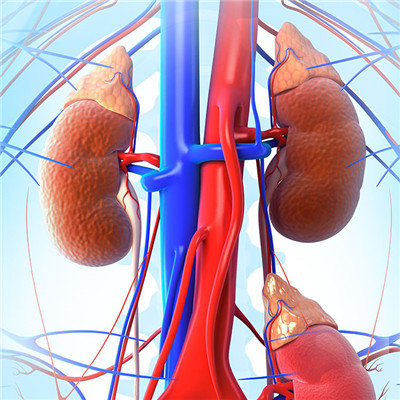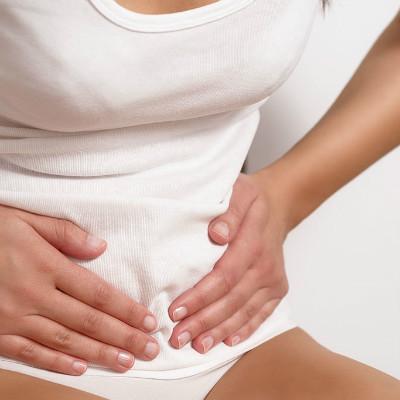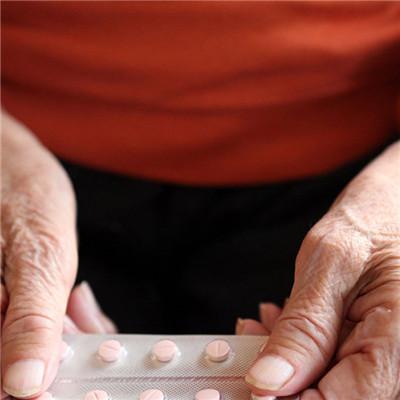The symptoms of gastritis are fever
summary
Acute gastritis is a classification of gastritis, mainly characterized by sudden and acute attack. According to the different etiology and pathological changes, acute gastritis can be divided into three types: acute simple gastritis, acute erosive gastritis, acute corrosive gastritis and acute suppurative gastritis.
The symptoms of gastritis are fever
Acute simple gastritis may be caused by chemical substances, physical factors, microbial infection, or bacterial toxins. The main pathological changes of acute simple gastritis are hyperemia, edema and increased mucus secretion. In many cases, the surface will be covered with white or yellow exudates, and may also be accompanied by punctate hemorrhage and mild erosion. The onset of this disease is often sudden, mainly manifested as epigastric discomfort, pain, loss of appetite, nausea and vomiting, etc. Patients with acute enteritis often have diarrhea and periumbilical pain due to infection. In severe cases, fever, dehydration, acidosis and even shock may occur. The course of the disease is short and self limited. The principle of treatment is to eliminate the cause of disease, symptomatic treatment, rational use of antibiotics and pay attention to correct the disorder of water and electrolyte.
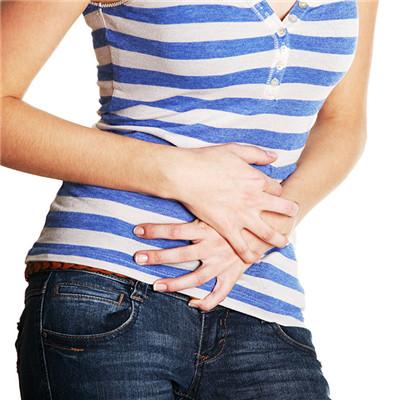
The most common clinical symptom is acute simple gastritis caused by infection or eating food contaminated by bacterial toxin. Generally, the onset of the disease is acute. The symptoms vary from a few hours to 24 hours after eating contaminated food. The symptoms include discomfort and pain in the middle and upper abdomen, even severe abdominal colic, anorexia, nausea and vomiting. Diarrhea is often accompanied by enteritis. The stool is watery. In severe cases, fever, hematemesis and (or) bloody stool, dehydration, shock and acidosis may occur. Acute simple gastritis caused by drinking, irritant food and drugs is characterized by abdominal distension, discomfort, pain, loss of appetite, nausea, vomiting and other dyspepsia symptoms. The severity of symptoms varies. Patients with enteritis may have fever, middle and lower abdominal colic, diarrhea and other symptoms. Physical examination has epigastric or periumbilical tenderness. High bowel sounds.
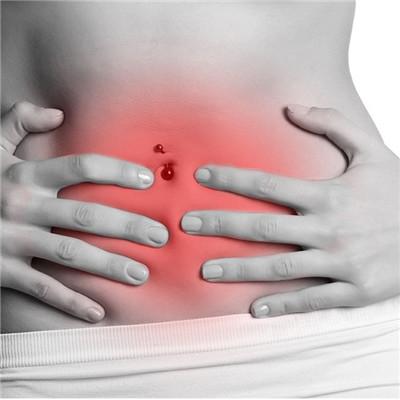
Acute erosive gastritis is characterized by multiple erosions of gastric mucosa, often accompanied by bleeding. Oral drugs (such as salicylate, bossone, indomethacin, reserpine, glucocorticoid, etc.), alcoholism and stress state of critical illness are the common causes. The typical clinical manifestations of the disease are upper gastrointestinal bleeding, hematemesis and black manure; But the amount of bleeding is generally small, and often intermittent, can stop. The treatment principle of acute erosive gastritis is to actively treat the primary disease, remove the pathogenic factors, and do the corresponding acid making and hemostasis treatment. If it is upper gastrointestinal bleeding, blood transfusion, infusion and blood volume supplement should be given in time.

matters needing attention
The onset of the disease is sudden, the main clinical manifestations are shivering, high fever, abdominal pain, nausea, vomiting, occasionally purulent vomit. Once the disease is diagnosed, surgery should be performed immediately, and a large dose of antibiotics should be used to control infection, correct shock and maintain the balance of water and electrolyte.



